You have not yet added any article to your bookmarks!

Join 10k+ people to get notified about new posts, news and tips.
Do not worry we don't spam!

Post by : Anis Farhan
Youth crime is not a new phenomenon, but in today’s interconnected world, it has become more visible, alarming, and complicated. When young people commit violent acts or engage in crime, society faces a moral dilemma—should they be treated as adults deserving punishment or as juveniles needing guidance and rehabilitation? The issue of juvenile justice is not just about laws; it’s about balancing accountability with compassion. With youth forming a large part of global populations, how we deal with juvenile crime reflects the values of justice systems and societies at large.
To understand why young people commit crimes, one must first look at the circumstances shaping their lives. Poverty, unemployment, lack of education, family breakdown, peer pressure, and exposure to violence often drive youth toward unlawful activities. In some cases, neglect and abuse create environments where crime feels like the only escape.
Peer influence is particularly strong among teenagers and young adults. Many get pulled into gangs or violent acts not necessarily out of intent but out of a need to belong or survive. At the same time, digital spaces have added a new layer—cyberbullying, online scams, and exposure to violent content are pushing youth into modern forms of criminal behavior.
The key debate in juvenile justice lies in whether young offenders should be punished like adults or rehabilitated with specialized care. Different countries approach this differently. Some emphasize strict punishment to deter crime, while others focus on reform, education, and reintegration.
The philosophy behind juvenile courts is that young minds are still developing, and with the right support, they can change course. Studies show that young offenders placed in rehabilitation programs have higher chances of reform compared to those placed in adult prisons. However, when crimes are severe—such as murder or sexual assault—public demand for tougher punishment often overshadows reformative approaches.
Youth violence cannot be seen in isolation from broader social inequalities. In communities where opportunities are scarce, crime often becomes an outlet. For example, unemployment among young people contributes to frustration, which can manifest in theft, drug trade, or violent acts. Similarly, lack of access to quality education increases the risk of delinquency, as education is one of the strongest protective factors against crime.
Even in developed countries, disparities in wealth and access to resources play a role. Marginalized communities often see higher rates of youth involvement in crime, underlining the importance of addressing root causes rather than only punishing outcomes.
A strong family support system can prevent young people from crossing into criminal behavior. Conversely, family neglect, domestic violence, or absence of parental guidance often push them in the wrong direction. Communities also hold responsibility—youth clubs, sports programs, mentorship, and safe spaces can steer vulnerable youth toward positive paths.
When society invests in preventive structures, such as after-school programs or vocational training, fewer young people end up in juvenile systems. In contrast, ignoring these protective measures leads to cycles of crime, where one generation of offenders influences the next.
One of the most important aspects of juvenile justice is rehabilitation. Unlike hardened adult criminals, many young offenders still possess the ability to change direction with proper guidance. Rehabilitation can include counseling, education, skills training, community service, and therapy.
Successful rehabilitation programs not only reduce repeat offenses but also allow society to reclaim young individuals as productive members. For example, programs focusing on vocational skills often help former offenders secure employment, breaking the cycle of crime and poverty.
However, rehabilitation requires resources, funding, and a shift in public mindset. Often, the public views rehabilitation as being “soft on crime,” but evidence suggests that it is far more effective than punitive systems in the long run.
Cases involving extreme violence test the limits of juvenile justice systems. When a young offender commits murder, sexual assault, or terrorism-related acts, society struggles between compassion and justice for victims. Some jurisdictions allow minors to be tried as adults in such cases, leading to life sentences or, in rare cases, even capital punishment.
This raises ethical questions: can a teenager fully comprehend the consequences of their actions? Should a developing brain be held to the same standards as an adult? The debate continues, with legal systems around the world constantly adjusting their policies to balance these conflicting perspectives.
Neurological research shows that the adolescent brain is still developing, particularly in areas controlling judgment, impulse, and foresight. This explains why teenagers often act recklessly or make decisions without fully understanding long-term consequences. Such insights strengthen the argument for rehabilitation rather than harsh punishment, as young offenders may lack the maturity to grasp the gravity of their actions at the time.
Mental health also plays a major role. Many young offenders struggle with untreated mental illnesses, trauma, or learning disabilities. Without addressing these, the justice system risks failing both the youth and society.
Different regions of the world treat juvenile offenders in contrasting ways. Scandinavian countries, for example, emphasize rehabilitation and report lower recidivism rates. In contrast, some regions in Asia and the U.S. lean toward stricter punishments, often placing youth in detention facilities.
These differences reveal the importance of cultural, political, and social values in shaping justice systems. Countries that prioritize human rights and youth development tend to design policies that support reintegration, while those emphasizing deterrence lean toward punitive measures.
The biggest challenge with youth crime is its tendency to create cycles. A young offender who enters the justice system without proper rehabilitation often grows into an adult criminal. This cycle not only harms the individual but also increases the long-term burden on law enforcement and prisons.
Breaking this cycle requires early intervention—through schools, healthcare, and community awareness. Identifying at-risk youth and providing support before they cross the line is far more effective than dealing with the consequences afterward.
Juvenile crime is not just a matter of law—it’s a reflection of societal structures. When youth cross the line into violence and crime, they reveal not only personal failings but also systemic gaps in education, opportunity, and support. A balanced approach to juvenile justice—one that recognizes accountability but emphasizes rehabilitation—is crucial.
The future of young offenders should not be written off prematurely. By addressing root causes, investing in prevention, and embracing rehabilitation, societies can ensure that youth who stumble get the chance to rise again. After all, they are not just offenders—they are also tomorrow’s citizens, workers, and leaders.
This article is for informational purposes only. It explores the broader issues surrounding youth crime and juvenile justice without promoting specific legal, political, or policy positions.
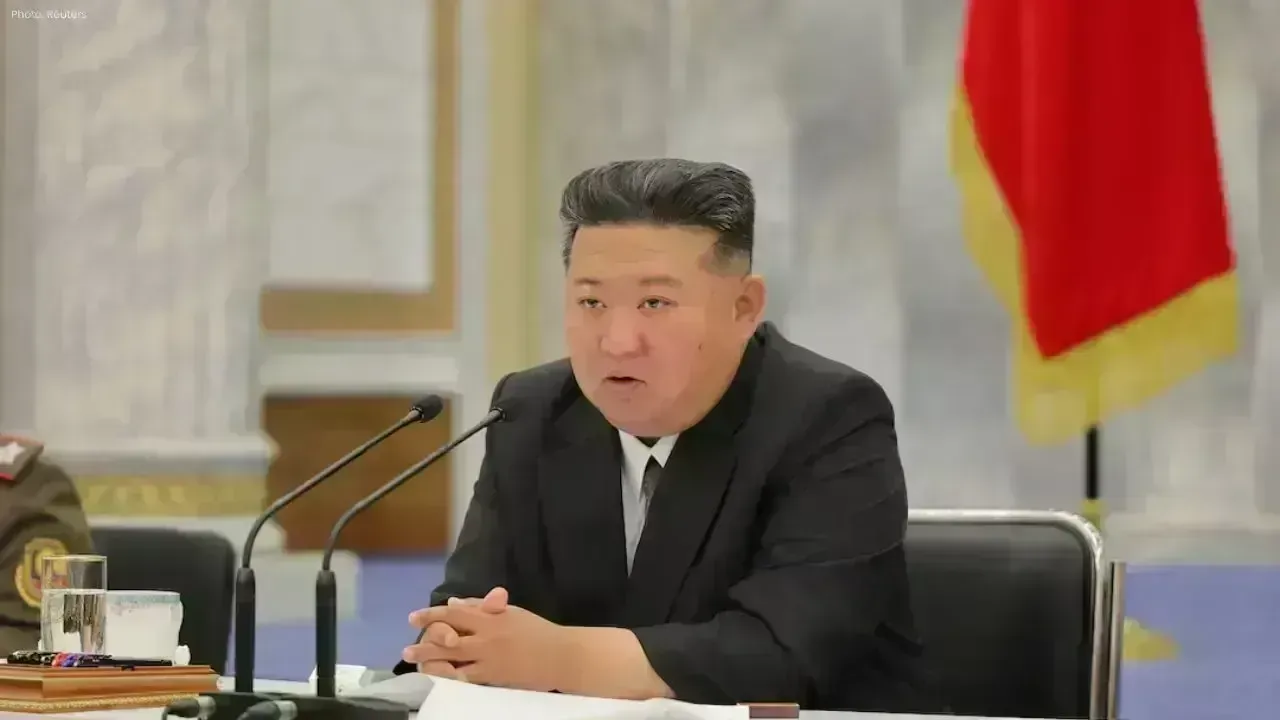

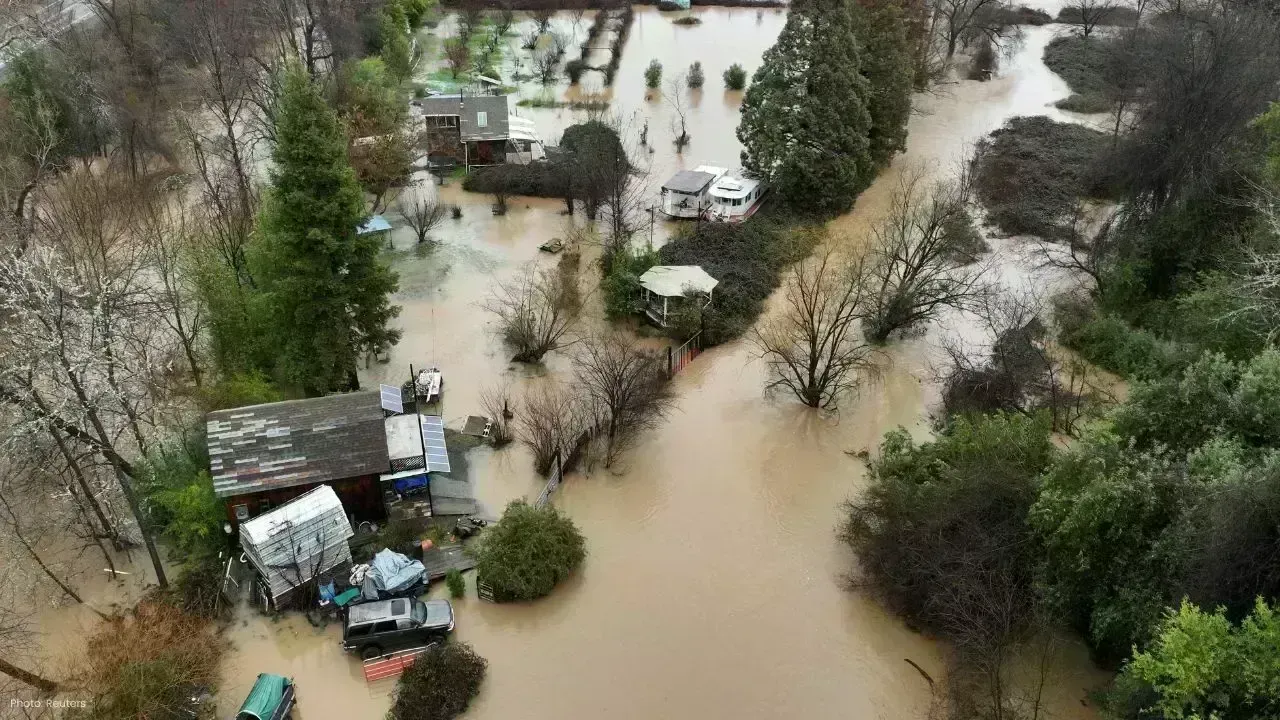
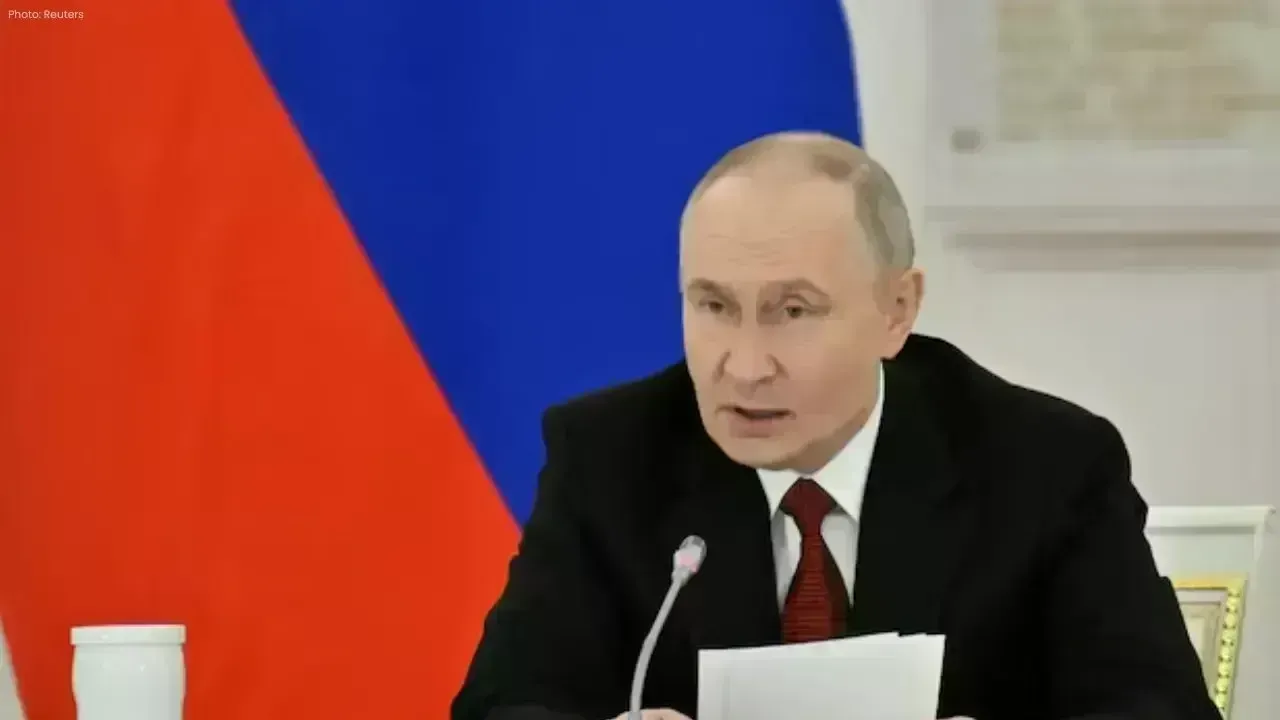
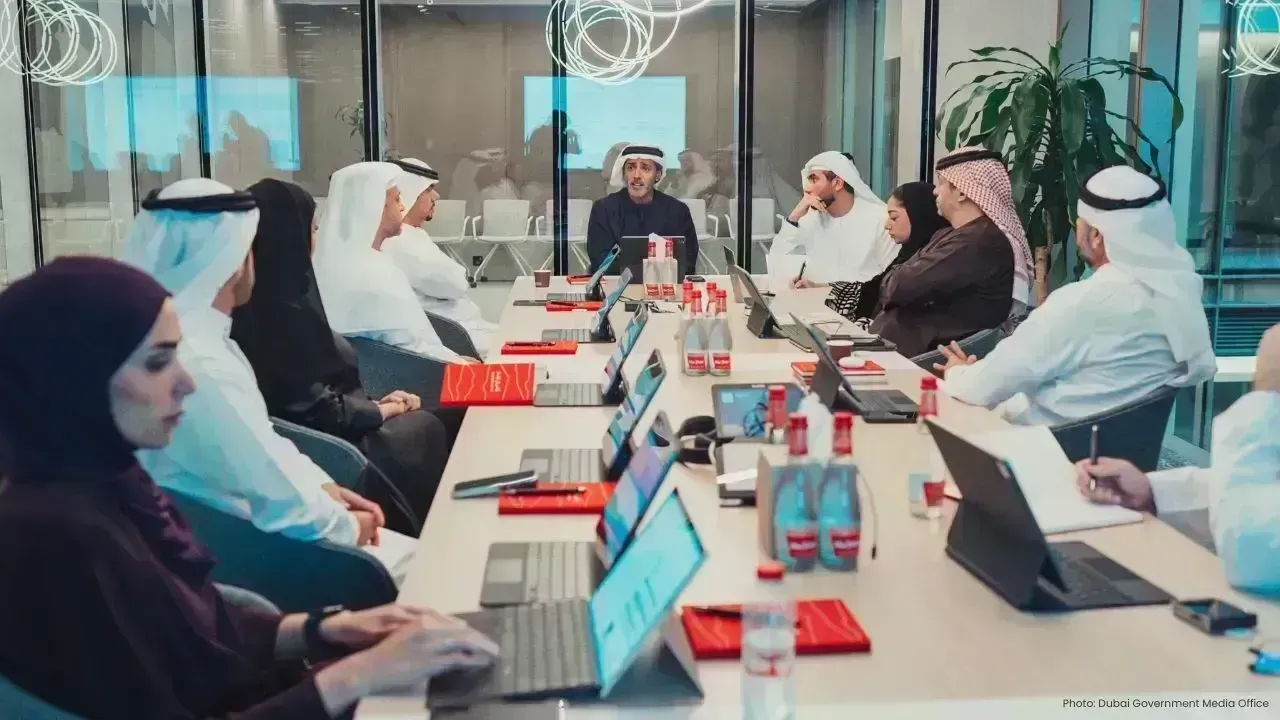



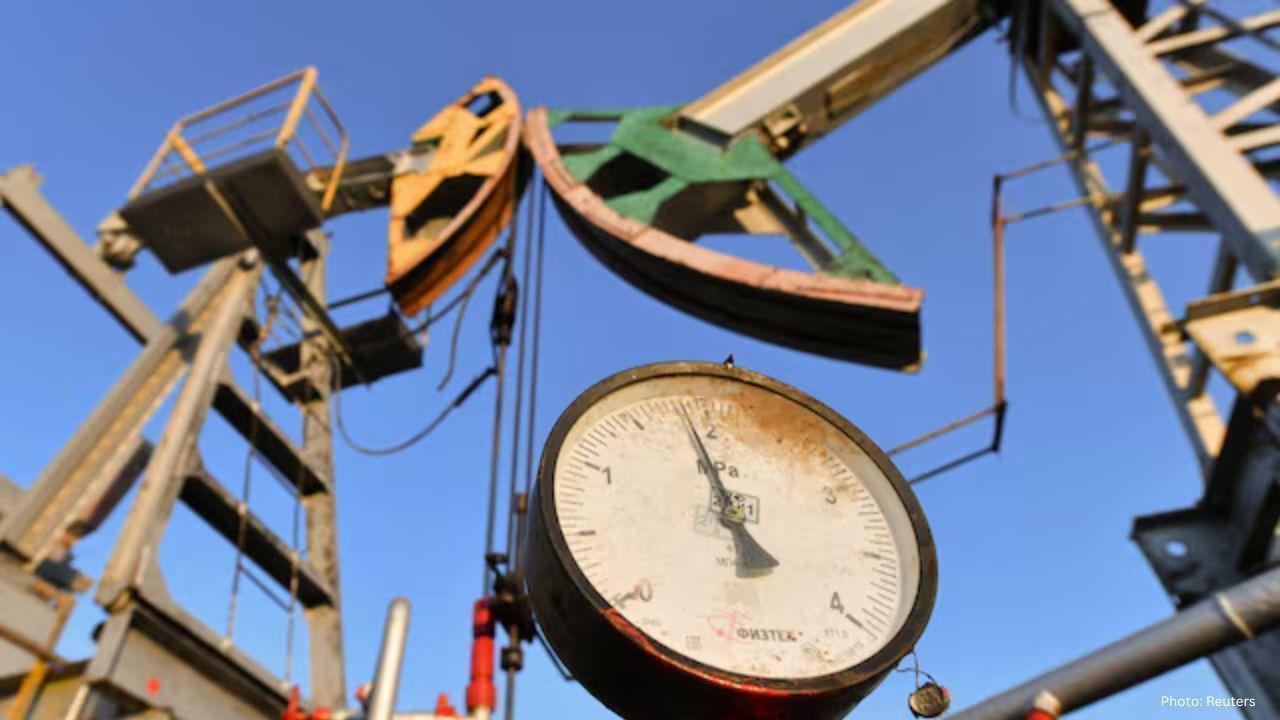

Thailand Defence Minister Joins Talks to End Deadly Border Clash
Thailand’s defence chief will join talks with Cambodia as border clashes stretch into a third week,

India Raises Alarm Over Fresh Attacks on Hindus in Bangladesh
India has condemned recent killings of Hindu men in Bangladesh, calling repeated attacks on minoriti

Sidharth Malhotra & Kiara Advani Celebrate Baby Saraayah’s 1st Christmas
Sidharth and Kiara share adorable moments of baby Saraayah’s first Christmas with festive décor and

South Korea Seeks 10-Year Jail Term for Former President Yoon Suk Yeol
South Korea’s special prosecutor demands 10 years for ex-President Yoon Suk Yeol on charges includin
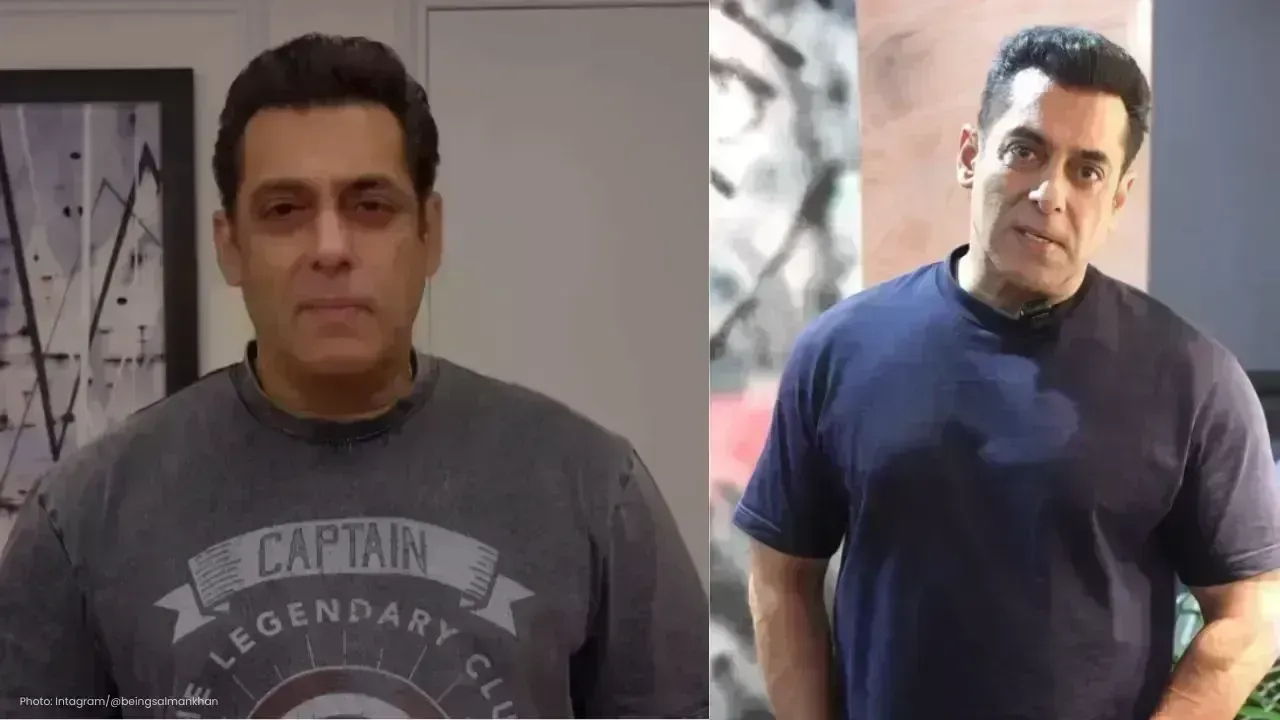
Salman Khan’s Exclusive 60th Birthday Bash at Panvel Farmhouse
Salman Khan to celebrate his 60th birthday privately at Panvel farmhouse with family, friends, and a
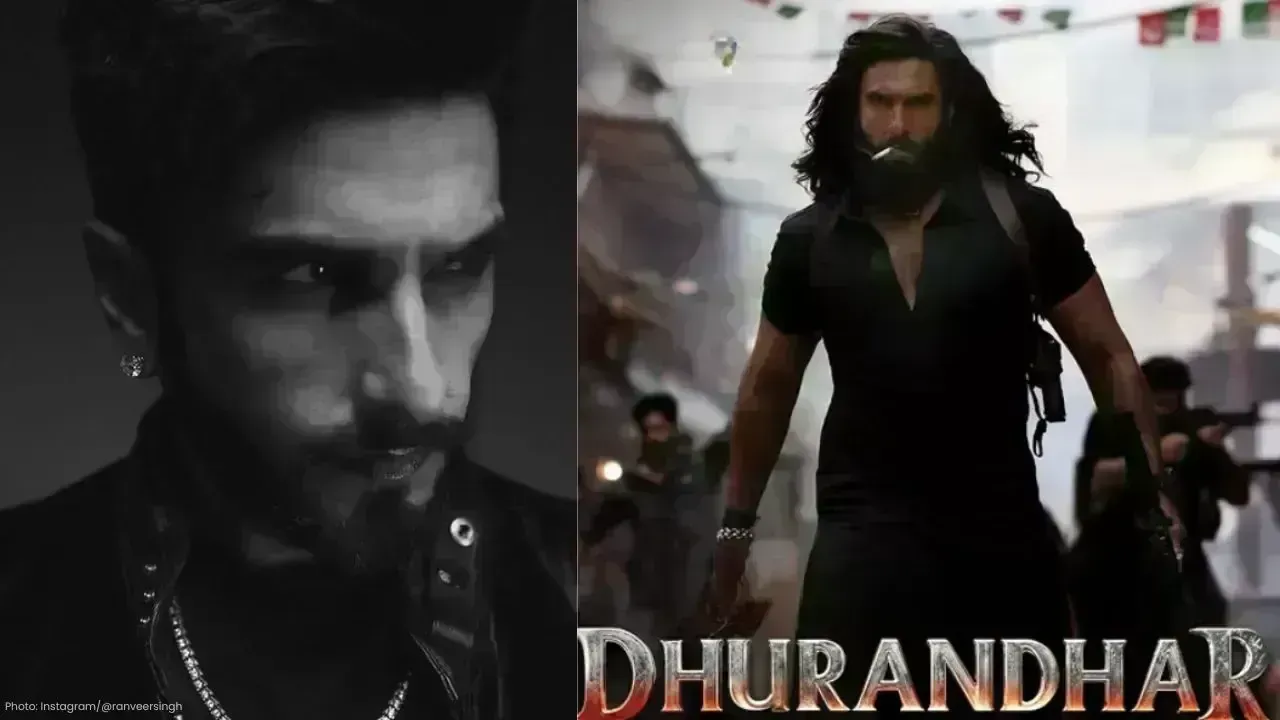
Dhurandhar Breaks Records with Rs 1006 Cr, Becomes Bollywood’s Biggest Hit
Dhurandhar rakes in over Rs 1006 crore worldwide in 21 days, becoming Bollywood’s highest-grossing f